From Cold Shoulders To Warm Welcomes: 7 Nice Cities And 7 Not-So-Nice Ones
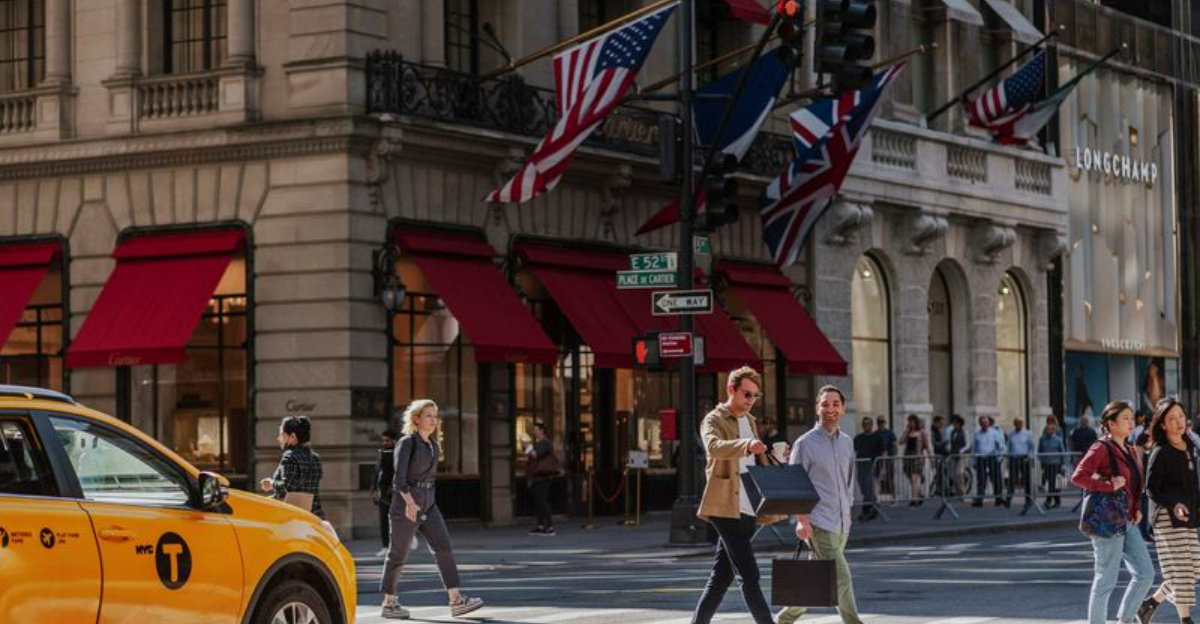
Ever wondered which cities around the world will greet you with open arms and which might leave you feeling unwelcome? When traveling, the vibe of locals can make or break your experience.
I’ve explored countless urban centers and discovered that some places bubble with friendliness while others might frost over your vacation plans. Let’s explore 7 cities known for their warmth and 7 that might give you the cold shoulder.
1. Tokyo: Where Respect Meets Helpfulness
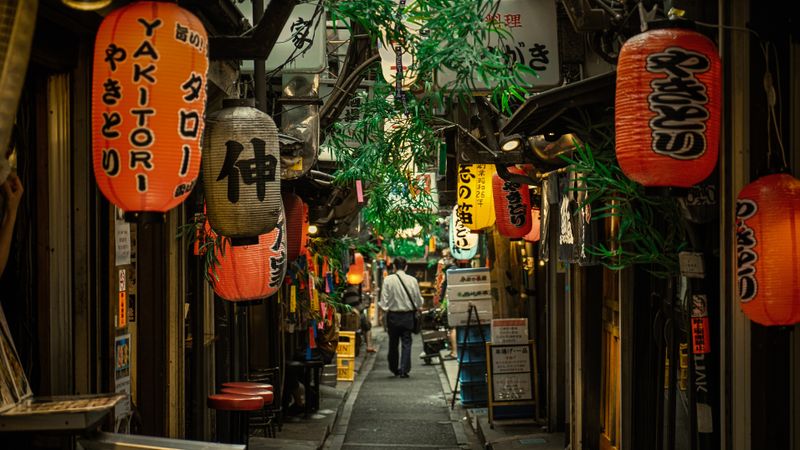
Japanese hospitality shines brightest in Tokyo. Despite language barriers, locals often go out of their way to help lost tourists. I once watched an elderly shopkeeper close his store just to walk a confused family to their destination!
The city operates on a foundation of respect that visitors can feel everywhere. Train stations have English signs, and many restaurants offer picture menus for foreigners.
Even in this massive metropolis of 37 million people, you’re rarely treated like a stranger. The combination of politeness, efficiency, and genuine desire to help makes Tokyo a standout for visitor-friendly cities.
2. Paris: The Reputation Isn’t Just Hype
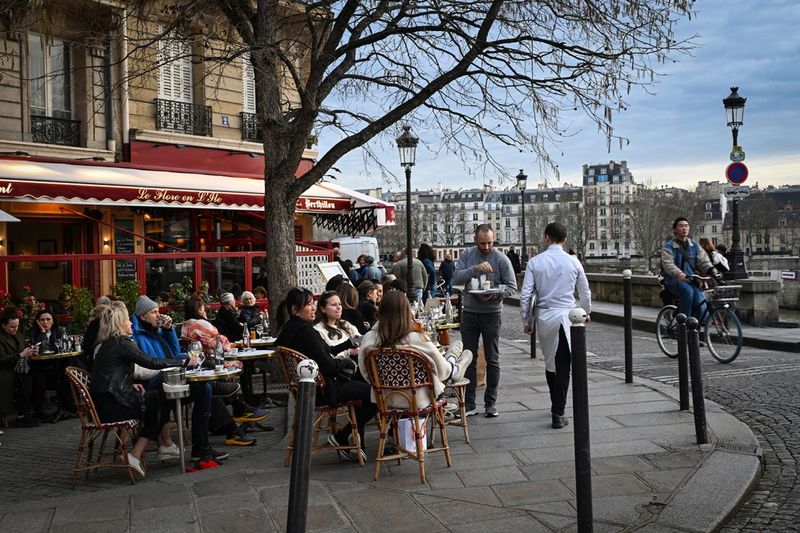
Behind the romantic façade lies a city that can be genuinely unwelcoming to visitors. My experience with Parisian waiters often involves eye-rolling when I mispronounce menu items or dare to request English assistance.
Street scammers target tourists aggressively around major attractions. The infamous “bracelet scam” near Sacré-Cœur caught me off guard despite being warned.
Many locals seem irritated by tourism rather than appreciative of it. Though the City of Light offers unparalleled beauty and culture, the frosty reception from residents creates a persistent tension that’s hard to ignore during your stay.
3. Dublin: Where Strangers Become Friends
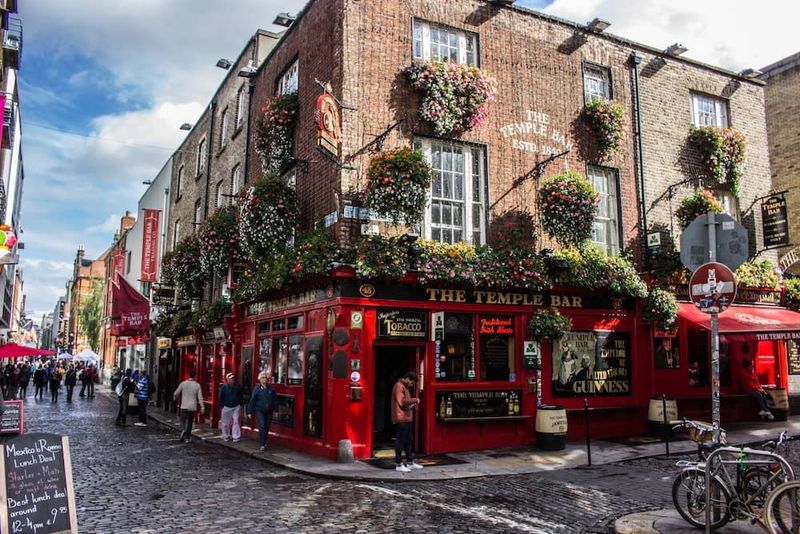
Walking into any Dublin pub feels like entering an old friend’s living room. The legendary Irish hospitality isn’t just marketing – it’s real life here. Strangers regularly strike up conversations that last for hours.
Dubliners possess a rare gift for making you feel like you belong, whether you’re asking for directions or joining a pub quiz. Their self-deprecating humor and genuine interest in visitors creates instant connections.
What amazes me most is how this friendliness extends beyond tourist areas. Even in residential neighborhoods, locals will go out of their way to help or share stories. Dublin proves that a city’s greatest attraction can be its people.
4. Moscow: The Chilly Metropolitan Experience

First impressions of Moscow often involve stern-faced locals and minimal eye contact. Public interactions feel businesslike at best, hostile at worst. The language barrier creates another layer of difficulty when seeking assistance.
Security personnel at attractions frequently treat tourists with suspicion rather than welcome. I’ve witnessed visitors being brusquely directed away from photo spots without explanation.
The city’s formal culture extends to customer service, where smiles seem rationed. Though Moscow offers incredible architecture and history, navigating its social landscape requires thick skin and patience. The cold isn’t just in the weather – it’s in many of the interactions too.
5. Melbourne: Australia’s Cultural Melting Pot
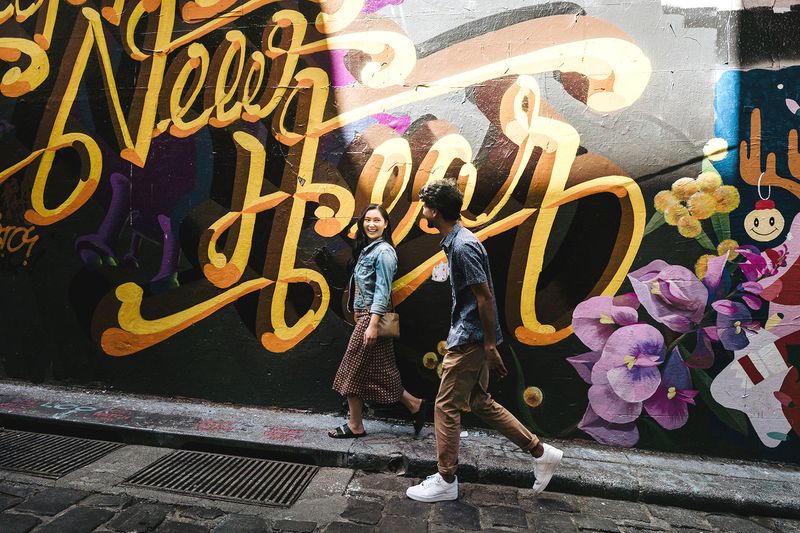
Coffee culture serves as Melbourne’s social glue, creating natural opportunities for friendly chats with locals. Baristas remember regulars’ orders and welcome newcomers with genuine enthusiasm.
The city’s diverse neighborhoods each offer unique welcomes. I found myself invited to a backyard barbecue in Fitzroy after just a brief conversation with residents at a local market!
Melburnians pride themselves on their laid-back approach to life. Public transportation becomes a social experience as strangers readily offer directions, recommendations, and sometimes their life stories. This approachable atmosphere makes even first-time visitors feel like they’ve found a second home.
6. Beijing: Lost in Translation and Bureaucracy

Navigating Beijing as a foreigner often means confronting a wall of bureaucracy and communication challenges. Government regulations create hurdles for tourists at every turn – from registering at hotels to accessing certain sites.
The language barrier feels particularly steep here. Unlike other major cities, English signage remains limited, and many locals seem reluctant to attempt communication with visitors.
Personal space works differently too. The concept of queuing can disappear in busy areas, with pushing becoming the norm. While individual Beijingers can show remarkable kindness, the overall system feels designed to frustrate rather than welcome international guests.
7. Lisbon: Sun-Soaked Portuguese Hospitality
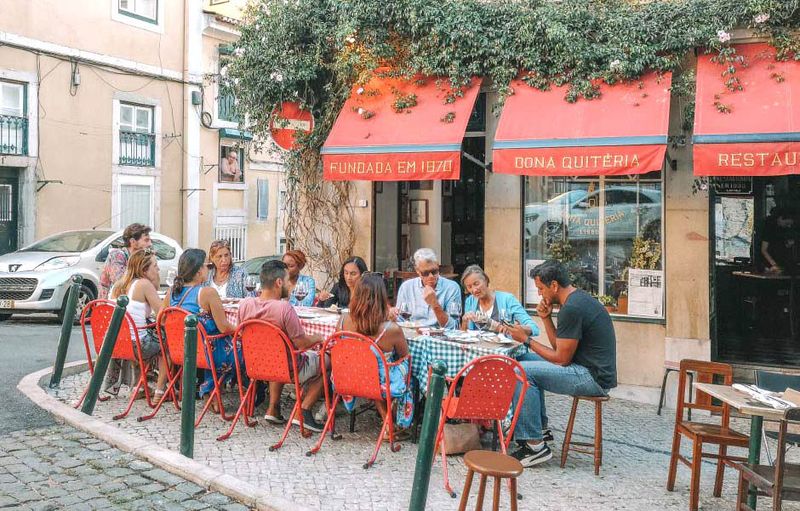
Portuguese people approach life with a refreshing slowness that prioritizes human connection. Lisbon shopkeepers often insist you sit for espresso before discussing business, treating customers like visiting friends.
Language barriers dissolve in the face of locals’ determination to communicate. I’ve watched restaurant owners sketch maps on napkins, teaching tourists Portuguese phrases along the way.
The city’s relaxed pace extends to its hospitality. Nobody rushes you through meals or experiences. Instead, Lisboetas seem genuinely interested in ensuring visitors enjoy their stay, offering insider tips with pride. This warm, unhurried approach to tourism makes Lisbon especially welcoming.
8. New York City: The Myth of Rudeness

Despite its reputation, I’ve found New Yorkers surprisingly helpful – just in their own efficient way. Their directness often gets misinterpreted as rudeness when it’s actually pragmatism in a fast-paced environment.
Street vendors, bodega owners, and subway musicians create vibrant interactions that feel authentically welcoming. When I was lost in Queens, three different locals offered directions without me even asking!
The city operates with an unspoken code: respect everyone’s time and space, but help when truly needed. This creates a unique form of urban hospitality that might seem cold initially but reveals its warmth in moments of genuine need.
9. Miami: Superficial Shine Hides Unfriendly Core
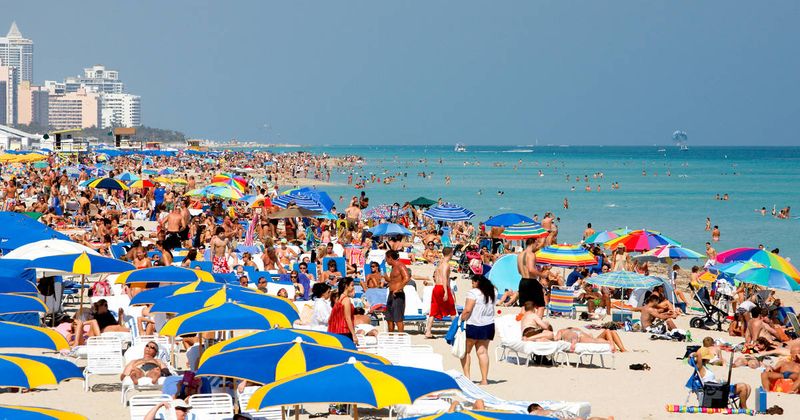
Behind Miami’s glossy vacation veneer lies a city that can feel surprisingly unwelcoming. Service industry workers often treat tourists as walking wallets rather than valued guests. The disparity between friendly marketing and actual experience creates jarring disappointment.
Scams targeting visitors run rampant. I’ve witnessed taxi drivers taking unnecessary detours and beach vendors charging triple for basic items when they detect out-of-town accents.
The city’s social scene maintains rigid hierarchies that exclude outsiders. While Miami offers stunning beaches and vibrant nightlife, the transactional nature of interactions leaves many visitors feeling processed rather than welcomed.
10. Copenhagen: Scandinavian Warmth Defies the Cold

Danish hygge (coziness) extends beyond home interiors to how Copenhageners treat visitors. Despite chilly temperatures, I’ve never felt cold-shouldered here. Locals readily switch to perfect English and offer assistance before you even ask.
The city operates on mutual respect that visitors immediately feel. Bike lanes, public spaces, and transportation systems all function with consideration for everyone’s needs.
What surprises most visitors is how Danes balance personal boundaries with genuine helpfulness. They won’t intrude on your experience, but they’re immediately available when needed. This respectful approach to hospitality makes Copenhagen feel both organized and heartwarming.
11. Cairo: Exhausting Hospitality Overload
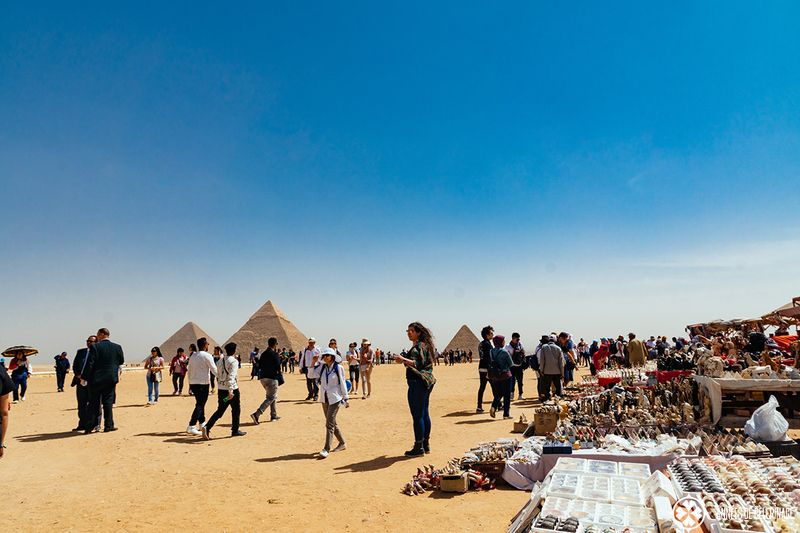
Visiting Cairo means navigating a gauntlet of aggressive “hospitality” that quickly becomes overwhelming. Street vendors and unofficial guides attach themselves to tourists with remarkable persistence, making simple walks near impossible.
The constant barrage of offers – from camel rides to papyrus paintings – comes with high-pressure sales tactics. Refusing politely rarely works, creating uncomfortable confrontations.
Many tourist interactions feel transactional rather than genuine. While Egyptian culture values true hospitality, the economic desperation in tourism areas has created an environment where visitors feel like targets rather than guests. The resulting experience leaves many travelers feeling drained rather than welcomed.
12. Vancouver: Canada’s Friendly Gateway
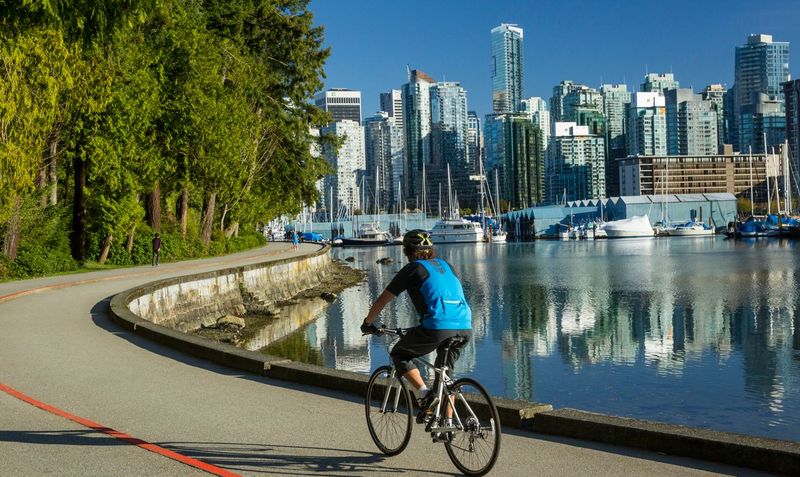
Vancouver’s multicultural population creates a uniquely inclusive welcome. Locals seem genuinely proud when visitors explore their city, offering recommendations that go beyond typical tourist traps.
The city’s outdoor lifestyle fosters natural interactions. I’ve had strangers invite me to join beach volleyball games and hiking groups within hours of arriving!
What makes Vancouver special is how this friendliness extends to practical matters. Bus drivers wait when they see you running, shopkeepers help with directions, and pedestrians warn about unexpected weather changes. This combination of helpful information and genuine inclusion makes visitors feel like temporary locals rather than outsiders.
13. Venice: Beautiful but Bitter Toward Tourists

Venice’s relationship with tourism has soured into open resentment. Locals make little effort to hide their frustration with visitors who crowd their floating city. Signs reading “Tourists Go Home” appear regularly in less-visited neighborhoods.
Restaurants often maintain separate menus with inflated prices for non-Italians. I’ve watched waiters transform from cold to warm when locals entered the same establishments where tourists received minimal service.
The city’s beauty remains unmatched, but the atmosphere feels increasingly hostile. While Venetians have legitimate concerns about overtourism, the resulting coldness creates an uncomfortable experience for even the most respectful visitors trying to appreciate this unique destination.
14. Bangkok: The Land of Genuine Smiles
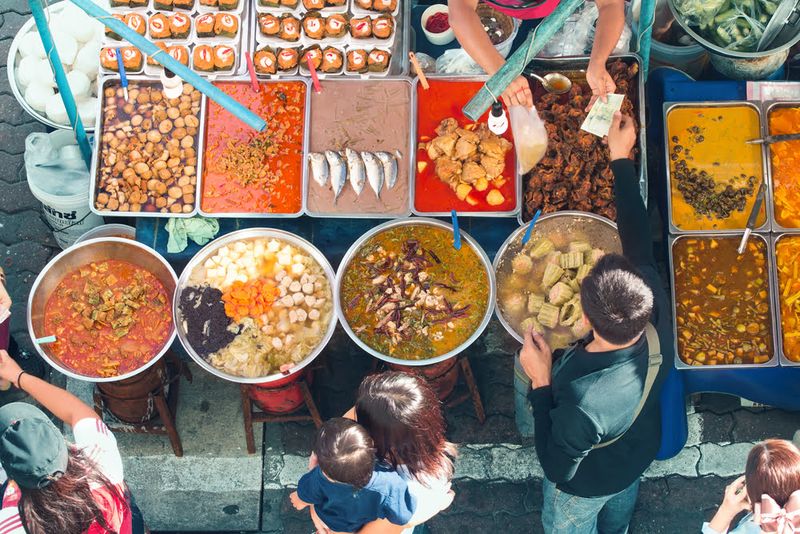
Thai hospitality isn’t just cultural – it seems woven into Bangkok’s DNA. Street food vendors remember your preferences after just one visit, greeting returning customers with genuine excitement.
The city embraces visitors with a refreshing lack of judgment. Fashion faux pas, pronunciation mistakes, and cultural misunderstandings are met with patient correction rather than mockery.
What impresses me most is how this warmth persists even in non-tourist areas. When I accidentally wandered into a residential neighborhood, residents invited me to join their outdoor dinner rather than directing me away. Bangkok proves that even megacities can maintain human connection at their core.
